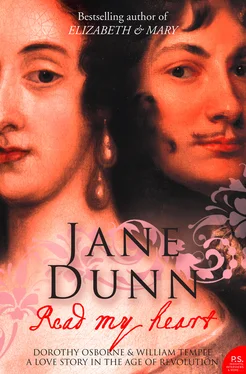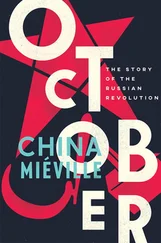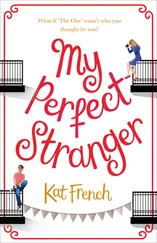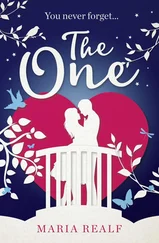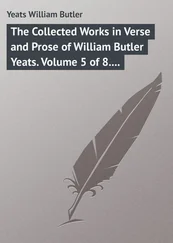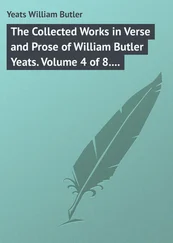The young barrister Edward Abbott Parry, later to be a judge and knighted, was equally enchanted by the Dorothy who emerged from the shadows in her husband’s biography. After publishing his own essay on her he was contacted by the Longe family, descendants of Dorothy’s and keepers of her papers, and given permission to edit a book of the letters the family had guarded for so long. Parry’s edition of seventy of the letters, Letters from Dorothy Osborne to Sir William Temple 1652–54 , was published in 1888 and enjoyed an immediate success. One anonymous reviewer in Temple Bar expressed a general consensus in hailing, ‘a most loveable portrait of a charming and high-souled woman, who possessed strong common sense, the clearest judgement and a keen sense of humour’. These seventy letters were bought by the British Museum in 1891 (an extra seven seem to have been retained by the family) and many published editions of her letters followed, the later ones incorporating all seventy-seven. My husband Nick Ostler, ever a truffle-hunting boar when it comes to second-hand bookshops, turned up one of these editions in Padstow in Cornwall and immediately my fascination with Dorothy and William and their life began.
To my surprise there has never been a biography of Dorothy Osborne, apart from an elegant but soft-centred essay by Lord David Cecil in his book about her and Thomas Gray, Two Quiet Lives. Dorothy, nevertheless, has become famous in the history of English literature as an early and brilliant exponent of the epistolary art, but her complex personality and the extraordinary adventures of her life – if they have been mentioned at all – are used merely as context for her letters.
William has been better served, his life more public, his achievements recognised in the world of men. There have been a few biographies of him, most notably the first by the Victorian Courtenay and a judicious and comprehensive modern life published by Homer E. Woodbridge in 1940. They inevitably concentrated on the man, his ideas and diplomatic career, with Dorothy very much off-stage as the silent supportive spouse. In fact it was a marriage of intellectual equals, as Dorothy had always intended it should be, and as the more egalitarian Dutch fully recognised when William was ambassador there: it is more interesting and truthful, to my mind, to place them side by side and attempt to write about their lives together.
There are few female voices that call to us from the early seventeenth century and no one has been more full of character, or more conversationally present as we read her words than Dorothy Osborne. William’s letters and essays also are so seemingly modern in their frankness and informality, his confiding voice draws us into his life while revealing his warmth and easy charm. His literary style was held up as exemplary for at least two centuries after his death: he was considered by many to be the best essayist of the restoration after Dryden. Dr Johnson credited William with being the first writer to bring cadence to English prose and Charles Lamb wrote an essay commending his ability to mimic casual conversation, ‘his plain natural chit-chat’ as if from an easy chair, while sharing nuggets of information and inventive speculations that effortlessly informed and entertained his readers.
Editions of Dorothy’s letters and William’s essays were found in every good literary library during the nineteenth and early twentieth centuries. The distinguished poet Peter Porter, inspired by Dorothy’s letters, wrote the poems for a song cycle composed by Nicholas Maw, The Voice of Love. * But in subsequent years they have slipped from view. Dorothy and William’s re-emergence into public consciousness is well overdue: their love story is timeless, and the period of revolutions and unrest in which they played their part resonates with the preoccupations and political shifts today.
Dorothy Osborne and William Temple grew up during the British civil wars. They were fifteen and fourteen respectively when Charles I raised his standard at Nottingham in 1642, heralding the beginning of the greatest political and social turmoil in the nation’s history. They were still only twenty-one and twenty when the king was executed in January 1649. In recent times the suffering of the Serbs and Croats as Yugoslavia turned on itself brings something of the domestic terror of civil wars home to us now. But nineteenth-century critics, who discovered Dorothy Osborne through her letters, liked to see her as the embodiment of English life, womanly discretion and the national virtues of stoicism, humour and keeping up appearances. Even Virginia Woolf recalls Dorothy’s memory to bolster a moment of awe at the continuity of rural life, remembering a delightful passage in one of Dorothy’s letters where she describes an afternoon spent with local shepherdesses in the fields.
But civil war touched everyone and destroyed more than flesh and stone. Trust and hope for the future were also casualties in this most pernicious of conflicts. William Temple’s family were parliamentarians, although William seemed to be at ease on either side of the ideological divide. The Osborne family, as steadfast royalists, suffered far greater depredation. Their fortunes were wasted, two sons killed and the parents’ health destroyed.
The civil wars stamped a heavy footprint on the impressionable years of their youth. Both Dorothy Osborne and William Temple grew to adulthood in a country at war with itself. But when the old regimes are lost, there is everything to play for in the creation of the new. They took their places on the world stage during Charles II’s reign, attempting to promote peace and prosperity by building strong bonds with the Dutch, the most successful mercantile nation of the age. With William away, Dorothy and their family also lived through the terror of the Great Plague in London which, to everyone’s horrified disbelief, was followed by the Great Fire that destroyed much of the city, for a while appearing to be an outrageous act of international terrorism. William and Dorothy played a crucial role in one of the most important alliances in that rebellious century – the marriage of William of Orange with Mary, James II’s daughter, whose claim to the throne would make possible the remarkable Glorious Revolution of 1688 that finally secured the nation’s religion as Protestant with William and Mary on the throne.
William and Dorothy both lived to old age and died in their own beds, having survived smallpox, plague and the deaths of all nine children before them. They had lived honourably and well, as the confidants of princes, queens and kings, but had been concerned too for their servants and for the sailors, soldiers and yeomen who made the country work. In the end, William was a better man than diplomat: sent to lie abroad for his country he would not compromise his personal principles and refused to do his monarch’s dirty work. His career began with meteoric ascent, but lacking the propellant of ambition it fell to earth, where he was happiest. There in his gardens and library, in the midst of family and friends he reflected on life and looked outwards to the world. Their happy domestic life allowed him and Dorothy to endure the tragedies that befell them, seeking solace from their friends, their reading and writing, the revolving gardening year and the good fortune that had come their way.
During their rollercoaster courtship and prolonged exile from each other, Dorothy returned time and again to the poignant question, ‘shall wee ever bee soe happy?’ – as happy as they longed to be. She assured William it was just the intensity of her love that made her fearful: ‘I love you more than Ever, and tis that only gives mee these dispaireing thoughts.’ But in hindsight there are two answers to her question. Yes – because against all the odds they did marry at last, and there could be no more satisfactory consummation than that. And yet no, too – because contemplating their lives together, as they did, as an epic romance that could only end with twin souls transmuted into one, would always be a happier state than the reality of the world.
Читать дальше
